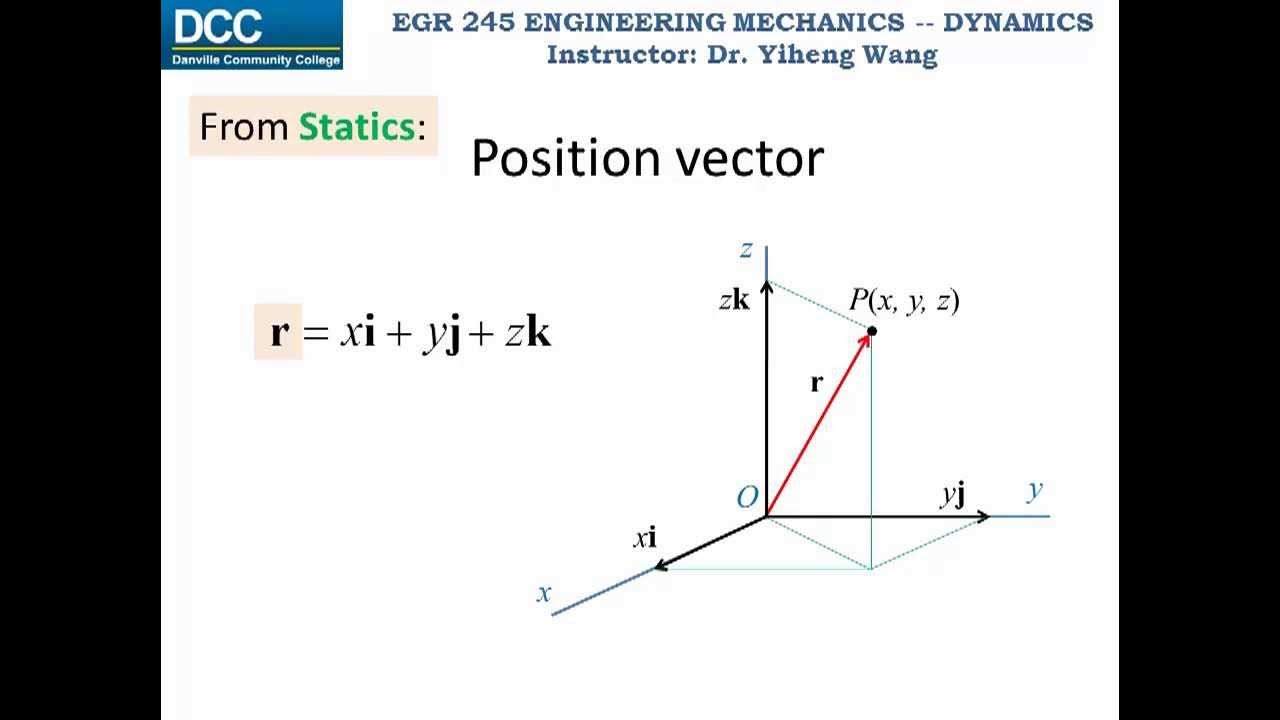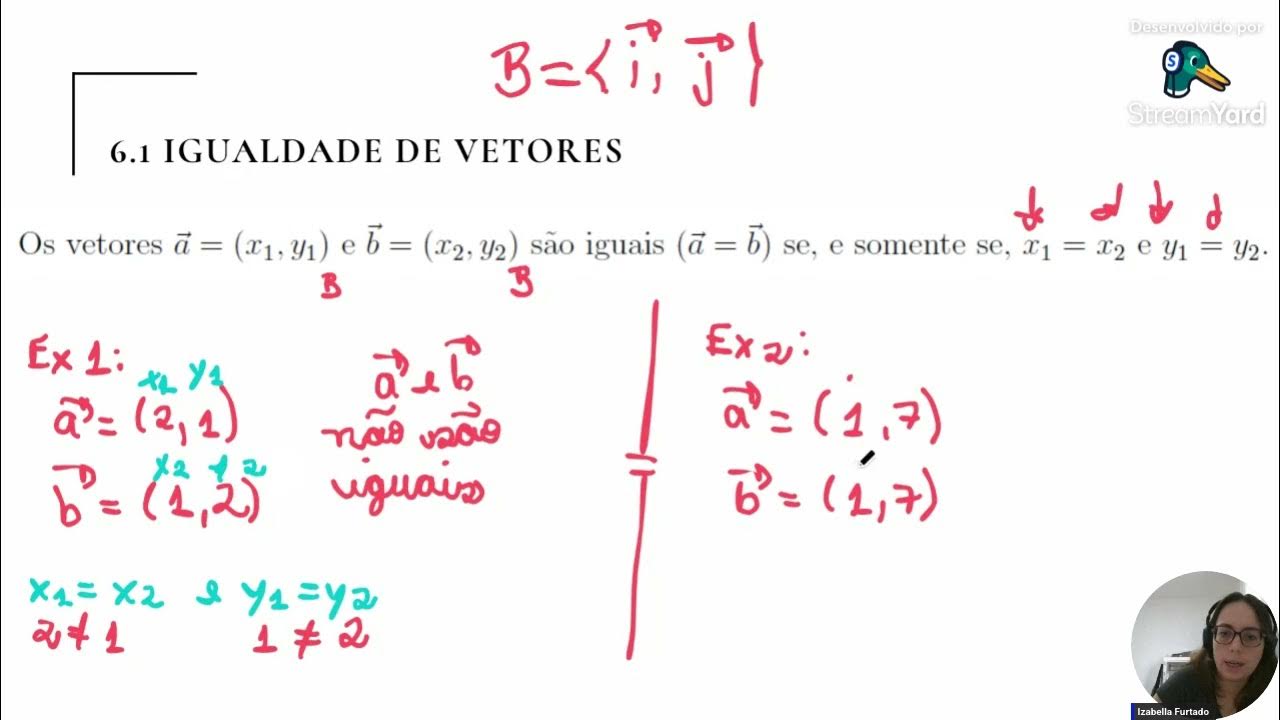Vektor Posisi, Kecepatan, dan Percepatan | Kinematika 2D & 3D | Part 1 | Fisika Dasar
Summary
TLDRThis video delves into kinematics, focusing on motion in two and three dimensions using vector notation. It explains the importance of representing position, velocity, and acceleration as vectors, along with their mathematical derivations. The presenter illustrates how to calculate displacement, average velocity, and acceleration from position functions, highlighting the differences between scalar and vector quantities. Additionally, it discusses the complexity of distance and displacement in multidimensional motion, emphasizing the significance of understanding these concepts in physics. Overall, the video aims to enhance comprehension of kinematic principles through clear examples and definitions.
Takeaways
- 😀 Kinematics involves studying motion in one, two, or three dimensions using vectors.
- 📏 Position, velocity, and acceleration must be expressed as vector quantities.
- 🔄 Displacement is defined as the change in position, calculated as final position minus initial position.
- ⚡ Velocity is the derivative of position with respect to time, and acceleration is the derivative of velocity.
- 📈 The relationship between position, velocity, and acceleration can be illustrated through graphs.
- 🧮 The formulas for calculating average acceleration involve the change in velocity over time intervals.
- 🔍 Examples involve deriving velocity and acceleration functions from given position functions.
- 🔄 Instantaneous velocity and acceleration are derived by taking derivatives at specific time points.
- 📏 The scalar quantity of speed can be described as the magnitude of velocity.
- 🔁 Motion in two or three dimensions is more complex due to varying paths like straight lines or curves.
Q & A
What is the primary focus of this video script?
-The script focuses on kinematics, particularly exploring two-dimensional and three-dimensional motion using vectors.
How are position, velocity, and acceleration represented in the script?
-Position, velocity, and acceleration are represented as vectors, with their components expressed in terms of x, y, and z coordinates.
What is the formula for displacement mentioned in the script?
-Displacement is defined as the change in position, calculated as the final position minus the initial position.
What relationship does the script describe between position, velocity, and acceleration?
-The script describes that velocity is the derivative of position with respect to time, and acceleration is the derivative of velocity with respect to time.
How does the script explain the calculation of average acceleration?
-Average acceleration is calculated using the formula for change in velocity divided by the change in time.
What types of motion are discussed in the context of two and three dimensions?
-The script discusses various types of motion that can occur in two and three dimensions, including linear, circular, and curved paths.
What is the significance of using vectors in kinematics, according to the script?
-Using vectors in kinematics is significant as it allows for a more comprehensive description of motion, accounting for direction as well as magnitude.
What example does the script provide to illustrate the concept of velocity?
-The script provides an example where the position of a particle is expressed as a function of time, from which velocity is derived by taking the derivative.
How does the script differentiate between speed and velocity?
-Speed is described as a scalar quantity that measures how fast something is moving, while velocity is a vector quantity that includes both speed and direction.
What concluding thoughts does the script offer about understanding kinematics?
-The script concludes by emphasizing the complexity of kinematics in higher dimensions compared to one-dimensional motion, urging viewers to grasp these concepts for better understanding.
Outlines

Cette section est réservée aux utilisateurs payants. Améliorez votre compte pour accéder à cette section.
Améliorer maintenantMindmap

Cette section est réservée aux utilisateurs payants. Améliorez votre compte pour accéder à cette section.
Améliorer maintenantKeywords

Cette section est réservée aux utilisateurs payants. Améliorez votre compte pour accéder à cette section.
Améliorer maintenantHighlights

Cette section est réservée aux utilisateurs payants. Améliorez votre compte pour accéder à cette section.
Améliorer maintenantTranscripts

Cette section est réservée aux utilisateurs payants. Améliorez votre compte pour accéder à cette section.
Améliorer maintenantVoir Plus de Vidéos Connexes

03 01 Fisika Dasar 1- Pengenalan Vektor

Dynamics Lecture 02: Particle kinematics, Rectilinear continuous motion part 1

Kinematics Part 1: Horizontal Motion

03 02 Fisika Dasar 1- Operasi Vektor

Vektor di Bidang Datar Part 1 (Konsep dan Ruang Lingkup) - Matematika Kelas 12

Aula de Vetores- Parte II - G. A. e A. L.
5.0 / 5 (0 votes)
